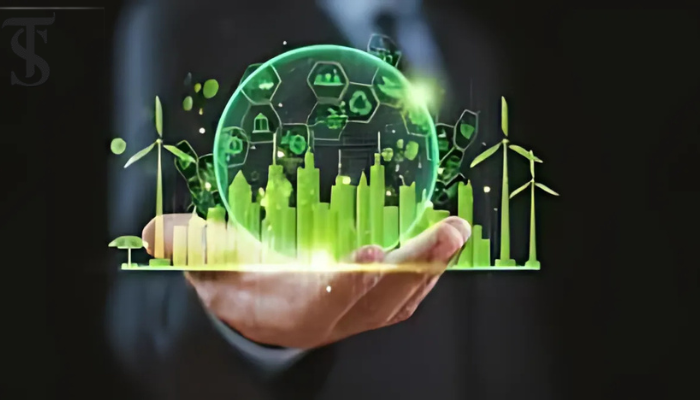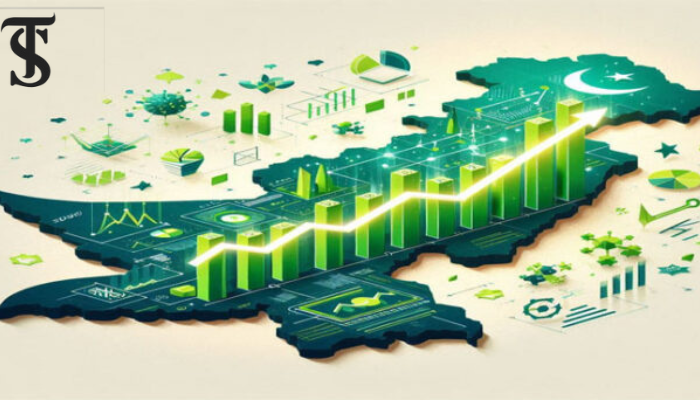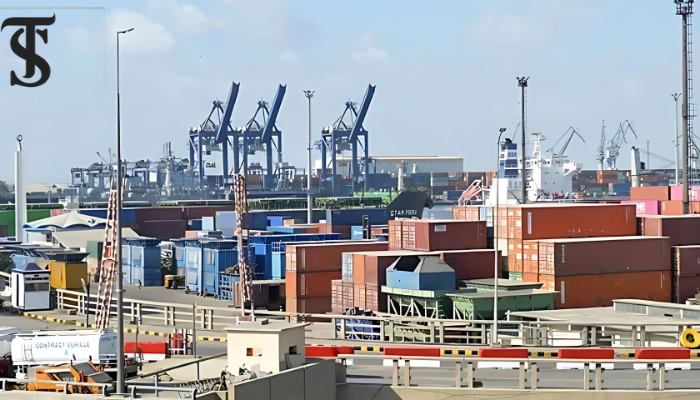Aids and Development in the Age of SDGs

Embarking on the search for the Sustainable Development Goals (SDGs), India, South Africa, and Brazil collectively inculcate a captivating narrative of progress and challenges. Within the complicated tapestry of each nation’s development journey, there are shining examples of notable achievements that reflect their unwavering commitment to the SDGs. However, the journey ahead is not without its twists and turns, demanding not just adjustment of strategies but a deeper approach.
As these countries navigate the diverse landscapes of growth, the need to address persistent challenges becomes more than a task, it’s a shared endeavour that calls for a heartfelt commitment to revaluate strategies and overcome the hurdles that lie ahead. If we take the example of India, it shines in its fight against poverty. Initiatives like Swachh Bharat Mission, have improved sanitation, particularly in rural areas. It is a ‘Clean India Mission’, a country-wide campaign initiated by the Government of India on 2 October 2014 to eliminate open defecation improve solid waste management and create Open defecation-free villages.

Strong healthcare systems and successful immunization programs contribute to the SDG on Good Health and Well-being. Yet, disparities in access to quality education and persistent rural poverty paint a nuanced picture. Overcoming these hurdles requires comprehensive strategies for tackling education quality gaps and prioritizing sustainable livelihoods for rural communities.
South Africa stands tall in its battle against HIV/AIDS, making substantial paces towards SDG 3. Universal primary school enrolment coats a promising image for education, but quality and equality remain demanding concerns. The nation leads the way in renewable energy, but diversifying away from coal dependence is crucial for sustainable power generation.
Gender-based violence and stark income inequalities impose dedicated efforts to ensure progress on SDG 5 and SDG 10. Police Minister Bheki Cele reported that South Africa recorded 10,516 rapes, 1,514 cases of attempted murder, and 14,401 assaults against female victims in July, August, and September. What needs to be done is to empower local communities and engage them in decision-making that can eventually pave the way for more inclusive and sustainable development.
Brazil, on the other hand, holds the world’s highest share of renewable energy, a beacon for SDG 7. Furthermore, the majority of poverty reduction, especially before the pandemic, speaks volumes about its commitment to SDG 1. However, concerns linger regarding inequalities in healthcare access and rising obesity rates. In 2023, Rio de Janeiro and Manaus were the Brazilian capital cities with the highest prevalence of overweight among adults with approximately 65.2 per cent of respondents from Rio de Janeiro overweight, and Manaus reaching around 63.5 per cent. The Amazon rainforest, is under relentless pressure from deforestation, demands amplified efforts to ensure SDG 15 is achieved as deforestation in Earth’s largest rainforest decreased by 22% in the year ending July 31, 2023, according to data released by Brazil’s National Space Research Institute (INPE).
Embracing technological solutions for resource management and fostering international partnerships can be powerful allies in tackling these challenges. In the contemporary geopolitical landscape, we see the dynamics of international cooperation have undergone major transformations. Regional powers and middle-income countries are taking on more active roles in fostering South-South relations, triangular cooperation, and extending assistance through regional development banks.

Notably, China has emerged as a pivotal player in international cooperation, particularly in Africa. China’s substantial ODA-like cooperation flows, estimated at $5.9 billion in 2019, have positioned China as the world’s sixth-largest provider of Development Assistance. With less than a decade remaining to address the SDGs, adhering to conventional practices is no longer viable. Despite being in the development phase of the digital era, we find ourselves at a crucial juncture where decisions made and the establishment of a comprehensive policy and global governance framework will profoundly shape society.
International collaboration and coordination across diverse stakeholders are important. The optimistic vision of a technology-driven sustainable future demands thoughtful guidance. It includes navigating trade-offs, overcoming challenges, and seizing opportunities. Several elements must align globally to facilitate the widespread adoption of these technologies. The active engagement of technology firms, governments, industries, civil society, and researchers is vital in unlocking the potential of these technologies for achieving the SDGs.
Shifting beyond mere acknowledgement of isolated success stories, it is crucial to channel financial resources, time, and expertise into this agenda. This involves not only celebrating achievements but also innovating and collaborating in novel ways to unlock and scale the positive impacts.

Zarka Khan
The author is a researcher with a keen interest in politics and international relations.





